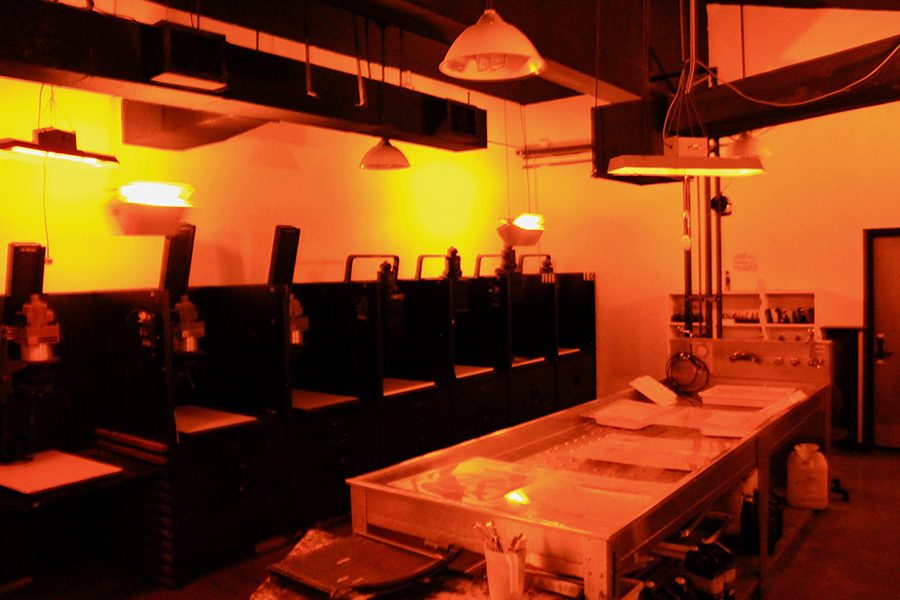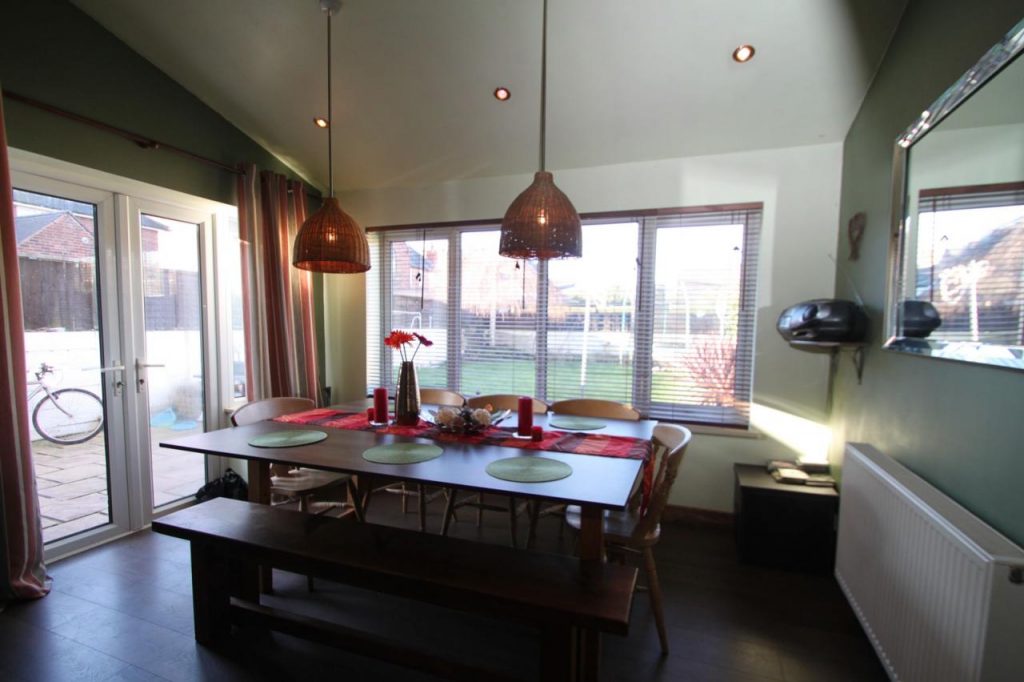Ye Olde Mitre
A traditional ale pub built in 1546. If you want to experience a bit of history, definitely head here – the pub is famous for its cherry tree, which Queen Elizabeth once danced with Sir Christopher Hutton. They offer seven real ales on tap, cider and sandwiches.
How to photograph in dark rooms.
Shooting in dark rooms is very difficult, especially for a beginner photographer. Here are some tips to help you get good shots when shooting in dark places. Of course, the places and types of shooting are very different from each other. A lot depends on what you’re shooting. For different types of shooting and the required quality of photographs, you will need different techniques.
If you’re shooting custom weddings or christenings, your shots must be of a certain quality and must be free of noise. If you are filming a friendly party or concert in order to show pictures on the web, you do not need to have a full-frame camera and a fast lens. Compacts with fast focus are quite suitable for shooting friends, parties and other domestic events. You will need a SLR camera for shooting christenings, weddings, corporate events, etc. For professional-level events (reports, political meetings, etc.), special professional equipment is already needed. Expensive professional equipment makes it easier to shoot in difficult conditions, such as shooting in dark places, but whether it is needed for your tasks is up to you.

Let’s talk about the basic principles of shooting in dark rooms.
1. Camera stability.
You will have to shoot at slow shutter speeds and any movement of the camera can affect the quality of the image. If you’re shooting more or less static scenes and don’t need to constantly move, use a tripod or monopod (if allowed). In the theatre, for example, you can try to stabilize the camera on the back of the seat. Do not hold the camera at arm’s length when shooting.
Some lenses have a stabilizer, but it will not be able to compensate for strong movement. Try resting your elbow on your stomach, relax, hold your breath, and gently press the shutter button.
2. Equipment.
As we wrote above, it all depends on your goals and objectives. It is optimal to have a full-frame DSLR with a fast lens (2.8 or higher). The professional reportage level camera has a fast focus and shoots in full frame. The noise in such a camera is 2-3 steps lower (i.e., the noise on it at ISO 6400 is the same as at ISO 800). What does it mean? This means that you can shoot at faster shutter speeds.
A fast lens gives a sharper image and makes it possible to use f-stops of 2.8 (on expensive zoom lenses). Whale zooms have a minimum aperture value of 3.5-5.6. Those. the short end loses by 2/3 steps, the long one by 2. What does this mean? You can shoot with a shallower depth of field and reduce the sensitivity by one or two stops, for example, use ISO 400 instead of ISO 1600.
Professional equipment allows you to solve problems that are not easy to solve with conventional equipment. But professional equipment is expensive and it is worth considering whether you need it to solve your problems.
3. Flash
If you try to shoot on the automatic in dark rooms, the flash turns on. In most cases, you will simply destroy the existing lighting. If you are shooting in a theater, the distance from your seat to the stage will not be captured by the flash and it will be ineffective and disturb other viewers. If you shoot a friend in a dark bar with a flash, you will get a picture with a face against an almost black background that the flash did not reach. Everything else can be bleached. Expensive flashes will allow you to shoot “not head-on”, even with slow synchronization they will help you freeze movement or simply highlight the subject from the background.
The flash should not be the main subject when shooting. It only helps to fill in the shadows, to separate the object from the background, to highlight a little. Never use flash head-on. Sometimes the flash can be directed into the stream, but first look at what color the ceiling and walls have. If they’re not white, you’ll be tired of fixing color reflections in the editor.
Use “slow-sync rear curtain” as the flash mode (on Canon rear curtain, on Nikon slow-sync rear).
4. Exposure
As a rule, you will have to shoot at fairly high ISOs – from 800 to 1600, in new semi-professional cameras you can raise the ISO to 3200 and more. Try to shoot at fast shutter speeds (depending on the subject), and wide open apertures (between 2.8 and 4.0). If you shoot mostly on automatic, you will get the best results when shooting in “night mode” (or similar modes).
5. Exposure.
Different types of photography require different shutter speeds. If you’re shooting sports in a more or less well-lit room and want to freeze motion, you’ll need shutter speeds of 1/120 or faster. In concert halls, the rooms are darker, but to freeze motion, you will still need shutter speeds of at least 1/60 to 1/100.
In a theater where there is movement, you may be able to shoot at shutter speeds slower than 1/60. The objects in the museum are not moving, you can use shutter speeds below 1/60, while choosing a lower ISO and closing the aperture a little.

Change settings and try. Raise the values up a notch, go down a notch. In some cameras, you can set the ISO to automatic, but so that the ISO does not drop below a given value. Remember that long exposures require camera stabilization. You can shoot with hands at shutter speeds of no more than 1/60 (if strong hands – 1/30 / 1/40). This is usually the reciprocal of the focal length of the lens (or slightly longer if you have strong hands). For example, if you’re shooting with a 28mm wide-angle lens, your shutter speed should be no slower than 1/25s unless the subject is moving fast. If the focal length is 80mm, and the shutter speed should be set to about 1/80s.
6. Underexposure.
Sometimes you may not have enough sensitivity and aperture to get the correct exposure. Instead of slowing down your shutter speed and guaranteeing a blurry image, keep your shutter speed down and take an underexposed image. If possible, shoot in RAW. In your photo editor, you can tweak the exposure a bit.
7. Noise.
If you open the aperture and the shutter speed is no longer fast (Lo flashes in the viewfinder), you will have to increase the ISO. By doubling the sensitivity, you gain a full stop of exposure. With ISO, noise also increases. It can become an artistic device for your photos, but it tends to get in the way. Modern DSLRs shoot quite tolerably up to ISO 1600
Remove noise in post-processing, for example, in Lightroom, you can move the slider for color noise beyond 50, light no further than 30 with large noise. This must be done very carefully so that the picture does not become plastic. Photoshop has a filter that will help you remove the noise. There are also many plugins for Photoshop in which you can get rid of some of the noise in the pictures.
8. White balance.
The easiest way to shoot is to set the WB to automatic or shoot in RAW and fix the WB in post-processing.
9. Focus.
Generally, your camera will not be willing to focus in the dark. You can switch to manual focus mode, take a test shot by shooting the subject at the same distance as the main subject. Autofocus may miss in the dark.
10. Post-processing.
So in the editor you have to edit the white balance and ISO. The easiest way to do this is if you shot in RAW.
Everything that we have told is just a starting point for experiments. We wish you great pictures!!
